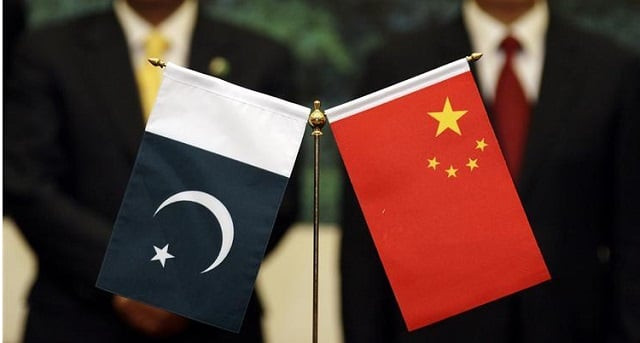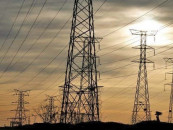China’s investment should be welcomed and also worried about
It is imperative to ensure fairness and transparency in infrastructure programming

The recent 8th Joint Coordination Committee (JCC) meeting of the China-Pakistan Economic Corridor (CPEC) brought together some of the leading actors in infrastructure development to assess the progress of various Belt and Road projects.
Beijing gave green signal for financing two hydroelectric power projects in Gilgit-Baltistan as well as Gilgit-Shandur and Thakot-Raikot road projects. The forum also discussed the need for a new special economic zone in Gilgit-Baltistan as well as elements of a “new narrative of socio-economic development” that put people at the centre of economic policy.
However, debt-fueled infrastructure investments over the past four years have shown that benefits of economic growth do not trickle down automatically.
There is no doubt that billions of dollars of investments have contributed to Pakistan’s gross domestic product (GDP) growth but these investments in infrastructure never created thousands of jobs. Instead, the period of expansion was characterised by a deteriorating balance of payments problem, lower foreign currency reserves and widening import-export gap.
The main reason for these economic woes is amendment to rules of the game in favour of Chinese state-owned companies and not following the due process as set out by Public Procurement Regulatory Authority (PPRA) rules.
For example, in the award of the lucrative M5 motorway contract, the National Highway Authority (NHA) barred all firms that were not nominee of the Chinese government from participating in the bidding altogether. The price quoted by China State Construction Engineering Corporation (CSCEC) was almost twice of what the engineer’s estimate was. The contractor imported material and purchased equipment from China - not to mention it was awarded exemption from income taxes as well as excise duties.
Another astonishing fact is that the drawdown of loan was not being done in Pakistan which means Exim Bank pays the contractor directly in China.
More importantly, this is not a Pakistan-specific problem. The $14-billion Chinese-funded Kenya’s Standard Gauge Railway project was questioned by the government’s Ethics and Anti-corruption Commission for irregularities in procurement as authorities violated the law by not opting for an open tender.
Exim Bank of China financed on the condition that China Road and Bridge Corporation would work as the sole contractor but it failed to fulfill its commitment of sourcing at least 40% of goods from local companies. Moreover, the cost per kilometre was almost three times than that of the international average.
Similarly, there was no transparency when former Malaysian prime minister Najib Razak awarded the East Coast Rail Line project to China Communications Construction Co Limited (CCCC) – funded with a 55-billion-ringgit loan from Exim Bank.
There was no open tender or even a tender. Work on the project was stopped when the finance ministry disclosed that the final project cost would exceed 80 billion Malaysian ringgit, which the local experts estimated should not have exceeded 40 billion ringgit.
Many of these Chinese companies including CSCEC and CCCC were barred by the World Bank in 2009 after they were found involved in corrupt practices.
No co-funding
So, the Chinese modus operandi is very clear. There is seldom an open tender, leading to exorbitant project costs; the Chinese contractor is paid directly by the Exim Bank in China and the contractor rarely sources raw material from the local industry.
We see that the Belt and Road Initiative in general and CPEC in particular have resulted in trade volumes between China and participating countries soaring manifold - usually in favour of Beijing.
From time to time, China has strongly rejected co-funding of CPEC projects by the Asian Development Bank (ADB) with an argument that two-sourced financing will create problems for the project. The primary reason for this seems to be the fact that the ADB remains at the forefront among international financial institutions when it comes to implementing best practices for transparency.
It is imperative that stakeholders need to recognise the importance of fairness, transparency and a level playing field in infrastructure programming. However, at present, CPEC seems to be far less transparent than Pakistanis hope and some critics fear.
Though China has lent Pakistan more and more money, especially in times of economic desperation, it is important to remember that at the end of the day, there is no free lunch.
The writer is a Cambridge graduate and is working as a strategy consultant
Published in The Express Tribune, December 31st, 2018.
Like Business on Facebook, follow @TribuneBiz on Twitter to stay informed and join in the conversation.



















COMMENTS
Comments are moderated and generally will be posted if they are on-topic and not abusive.
For more information, please see our Comments FAQ